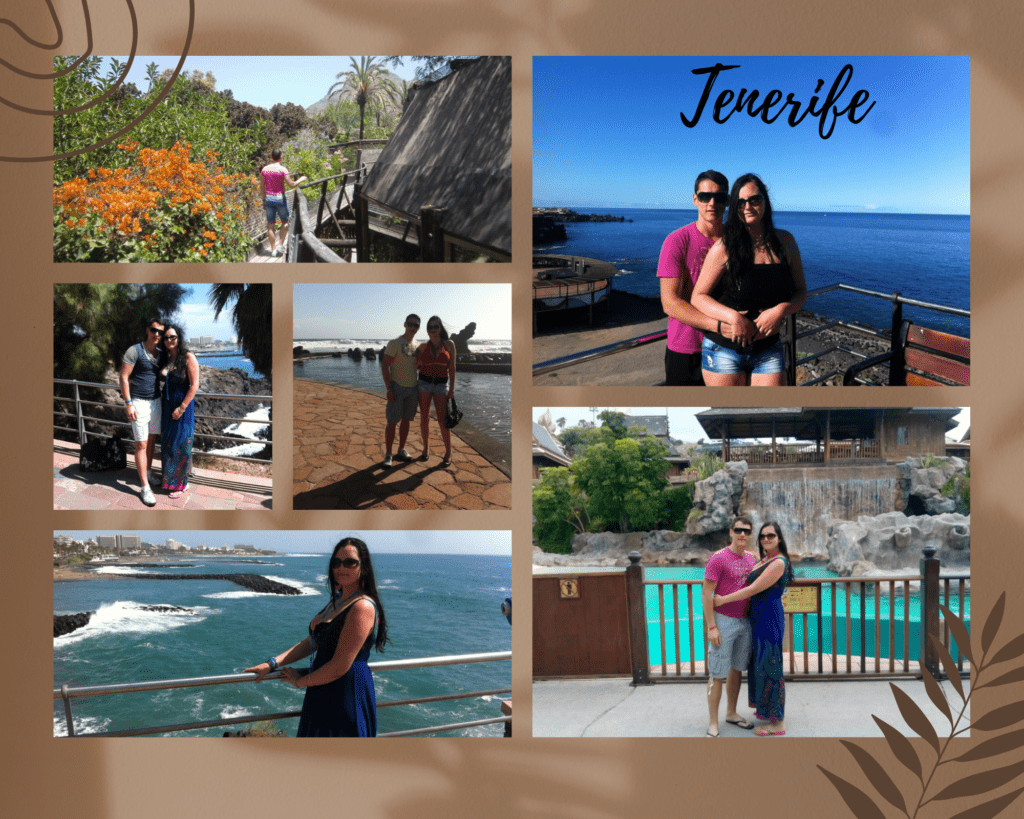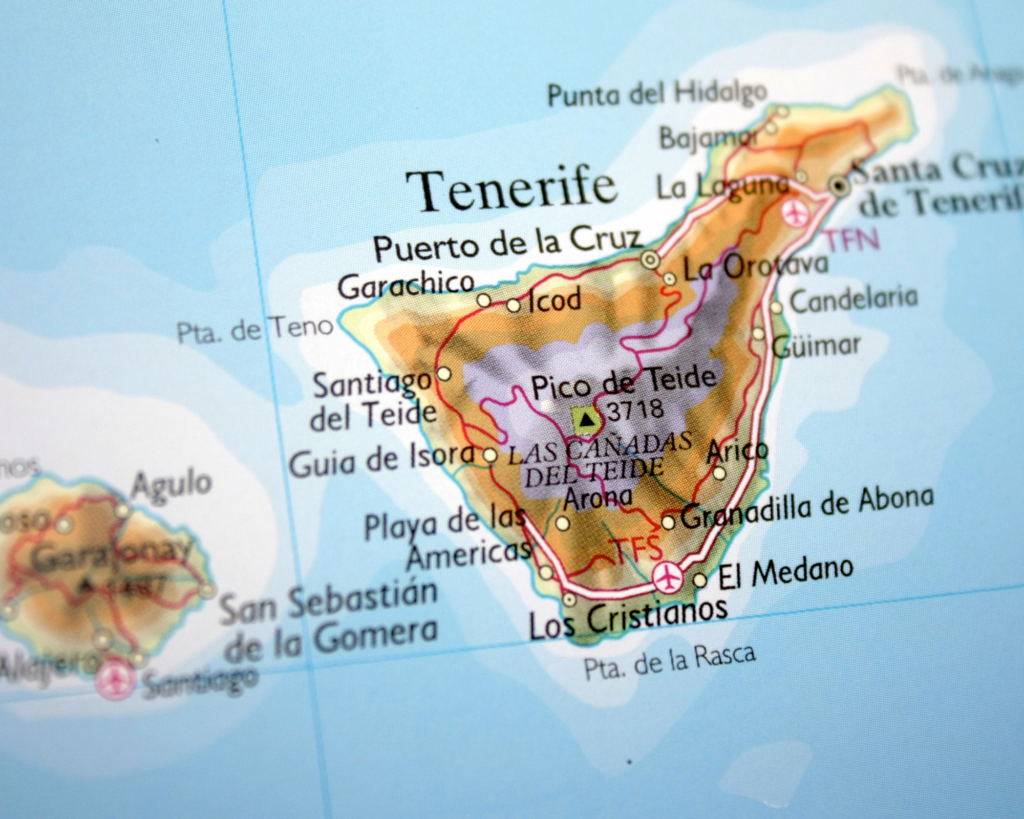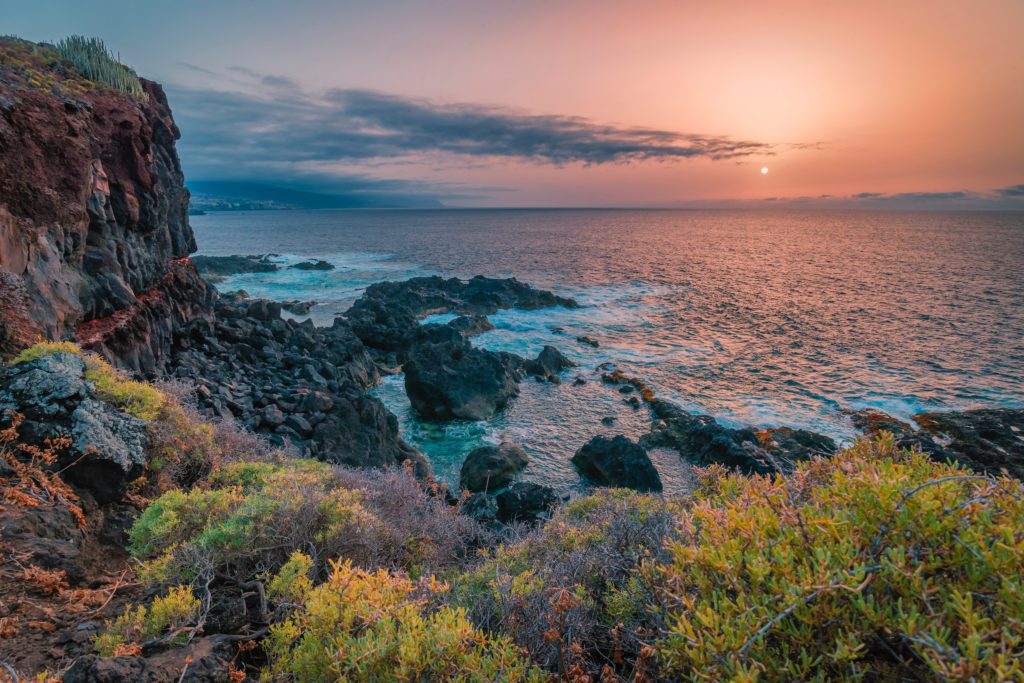
Tenerife-a beautiful Island
We enjoyed a great vacation here, because in Tenerife we decided to spend our honeymoon … and we didn’t regret it at all! This island has beautiful water parks, Mount Teide and the only natural jungle in Europe … a lot reasons to visit it. Read our article to find out the secrets of this beautiful island.
Tenerife is the largest and most populous island of the Canary Islands. It is home to 43% of the total population of the archipelago. With a land area of 2,034 square kilometres (785 sq mi) and a population of 978,100 inhabitants as of January 2022, it is also the most populous island of Spain and of Macaronesia. Approximately five million tourists visit Tenerife each year; it is the most visited island in the archipelago. It is one of the most important tourist destinations in Spain[8] and the world,[9] hosting one of the world’s largest carnivals, the Carnival of Santa Cruz de Tenerife.
Tenerife La Laguna
The capital of the island, Santa Cruz de Tenerife, is also the seat of the island council (cabildo insular). That city and Las Palmas de Gran Canaria are the co-capitals of the autonomous community of the Canary Islands. The two cities are both home to governmental institutions, such as the offices of the presidency and the ministries. This has been the arrangement since 1927, when the Crown ordered it. (After the 1833 territorial division of Spain, until 1927, Santa Cruz de Tenerife was the sole capital of the Canary Islands). Santa Cruz contains the modern Auditorio de Tenerife, the architectural symbol of the Canary Islands.
The island is home to the University of La Laguna. Founded in 1792 in San Cristóbal de La Laguna, it is the oldest university in the Canaries. The city of La Laguna is a UNESCO World Heritage Site. It is the second most populous city on the island, and the third most populous in the archipelago.

Subscribe to our newsletter
It was the capital of the Canary Islands before Santa Cruz replaced it in 1833. Tenerife is served by two airports, Tenerife North Airport and Tenerife South Airport. Teide National Park, located in the center of the island, is also a UNESCO World Heritage Site. It includes Mount Teide, which has the highest elevation in Spain, and the highest among all the islands in the Atlantic Ocean. It is also the third-largest volcano in the world, when measured from its base. Another geographical feature of the island, the Macizo de Anaga (massif), has been designated as a UNESCO Biosphere Reserve since 2015. Tenerife also has the largest number of endemic species in Europe.
Tourism is the most prominent industry in the Canaries, which are one of the major tourist destinations in the world. Tenerife la Laguna is the most visited island in the archipelago and one of the most important tourist destinations in Spain. In 2014, 11,473,600 foreign tourists came to the Canary Islands. Tenerife had 4,171,384 arrivals that year, excluding the numbers for Spanish tourists which make up an additional 30 percent of total arrivals. According to last year’s Canarian Statistics Centre’s (ISTAC) Report on Tourism the greatest number of tourists from any one country come from the United Kingdom, with more than 3,980,000 tourists in 2014.
Tourism is more prevalent in the south of the island, which is hotter and drier and has many well developed resorts such as Playa de las Americas and Los Cristianos. More recently coastal development has spread northwards from Playa de las Americas and now encompasses the former small enclave of La Caleta (a favoured place for naturist tourists). After the Moratoria act passed by the Canarian Parliament in Santa Cruz de Tenerife, no more hotels should be built on the island unless they are classified as 5 star-quality and comprise different services such as golf courses or convention facilities. This act was passed with the goal of improving the standard of tourism service and promoting environmentally conscious development.

